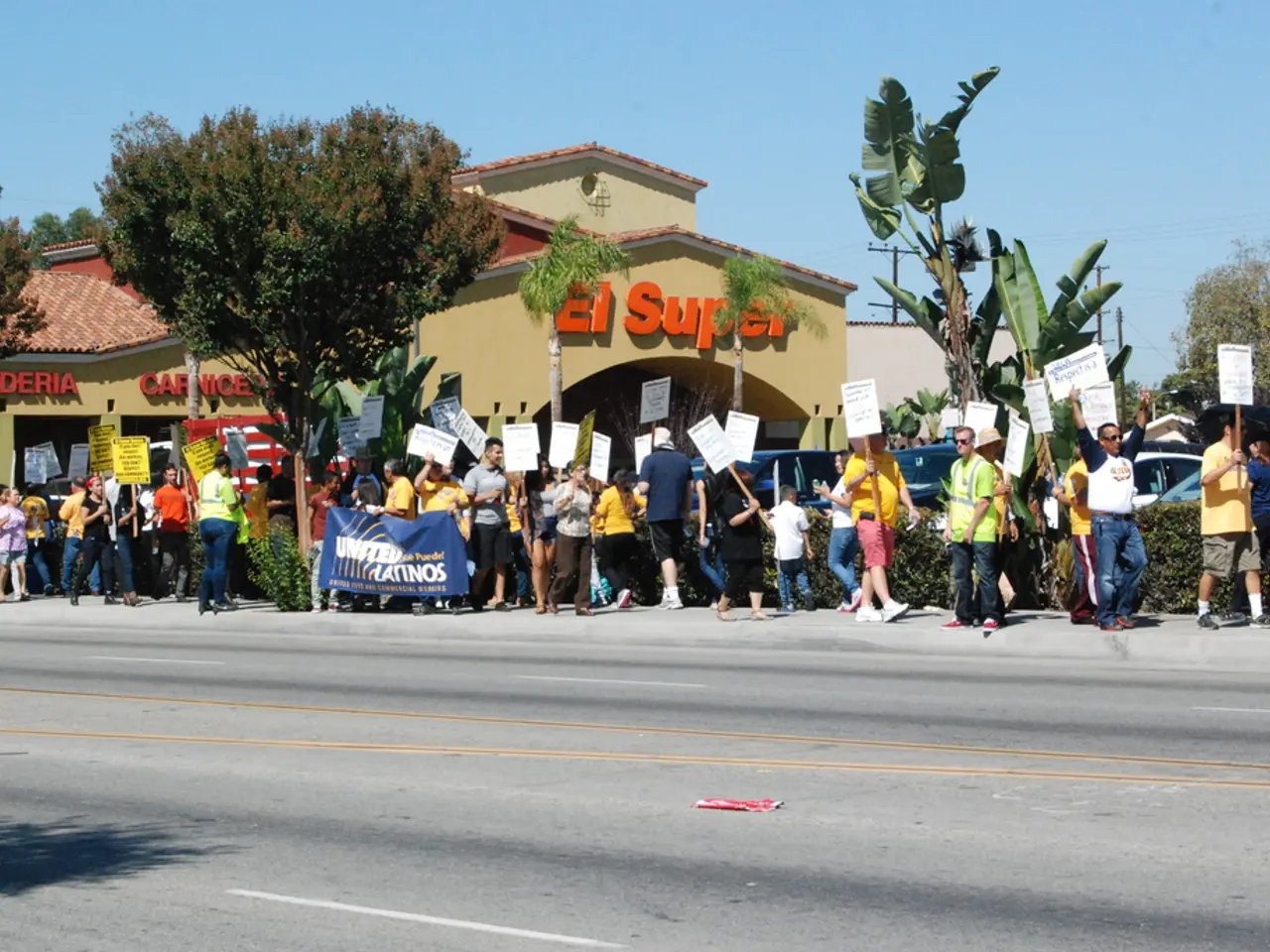Immediate Political Campaign Action Plan
In the final days before Election Day, a well-prepared campaign can make a significant difference in voter engagement, compliance, and logistical readiness. Here's a checklist to help ensure your campaign is legally compliant, well-organized, effectively communicated, and positioned for voter turnout success.
Campaign Finance Compliance
- File all campaign finance reports on time and within legal limits, and keep organized receipts for all campaign expenses to avoid disqualification or penalties due to finance violations.
Finalize Campaign Messaging and Materials
- Ensure all campaign literature, advertisements, and digital content clearly communicate the candidate’s core messages, platforms, and policy positions, and utilize tools like email marketing, social media posts, and videos to maximize audience reach.
Website and Digital Presence
- Have an updated, mobile-friendly website with donation buttons, event details, and volunteer sign-up capabilities, and use analytics tools to monitor web traffic and adjust outreach accordingly.
Get Out The Vote (GOTV) Strategy
- Organize voter outreach efforts including phone banking, canvassing, and reminders for early voting or Election Day participation, and track voter contacts and target undecided voters with tailored communications.
Election Logistics
- Confirm poll worker arrangements and voting procedures with local election boards to ensure smooth operations on Election Day, and know important deadlines for candidate withdrawals or substitutions.
Legal and Ethical Compliance
- Review shareable documents and conduct final checks for adherence to local and state election laws, including disclosure requirements and nomination papers.
Plan for Election Night
- Arrange for scrutineers or observers at ballot counts when allowed, understand recount provisions, and prepare for prompt and transparent communication of election results.
Volunteer and Staff Management
- Confirm roles and responsibilities are clear, brief your team on last-minute priorities, and maintain morale and readiness during the final push.
Fundraising and Budget Review
- Assess remaining funds versus campaign needs, emphasizing any last fundraising pushes or events, keeping within expense limits.
Social Media Management
- Post high-frequency, engaging content with clear calls to action, respond to comments quickly, and monitor for misinformation.
Last-minute Door-to-Door Canvassing
- Focus on undecided voters, use personalized scripts, track interactions, and prioritize high-impact neighborhoods.
Monitor Opponent Activities
- Track opponent messaging, public appearances, and advertising to stay informed and adapt your strategy as needed.
Volunteer Coordination
- Provide clear instructions, assign specific roles, and ensure all volunteers have necessary resources.
Post-Election Steps
- Immediately after election day, thank supporters, monitor results, prepare for post-election statements, and ensure compliance reporting.
This checklist helps ensure a campaign is legally compliant, well-organized, effectively communicated, and positioned for voter turnout success during the critical last days before an election.
- To avoid potential penalties, make sure to file all campaign finance reports on time and within legal limits, keeping organized receipts for all expenses.
- Ensure all campaign materials clearly communicate the candidate’s core messages, platforms, and policy positions using available tools like email marketing, social media posts, and videos.
- Maintain a mobile-friendly website, equipped with donation buttons, event details, and volunteer sign-up capabilities, while monitoring web traffic to adjust outreach accordingly.
- Organize voter outreach efforts, including phone banking, canvassing, and reminders for early voting or Election Day participation, while tracking voter contacts and targeting undecided voters.
- Confirm poll worker arrangements and voting procedures with local election boards, and understand important deadlines for candidate withdrawals or substitutions.
- Review shareable documents and conduct final checks for adherence to local and state election laws, including disclosure requirements and nomination papers.
- Monitor opponent messaging, public appearances, and advertising to stay informed and adapt your strategy as needed.
- Post-election, thank supporters, monitor results, prepare for post-election statements, and ensure compliance reporting is completed promptly.







